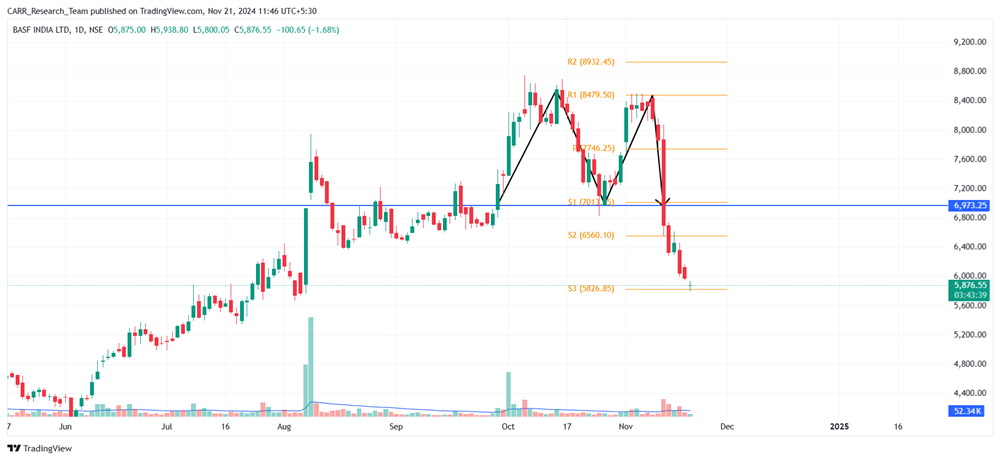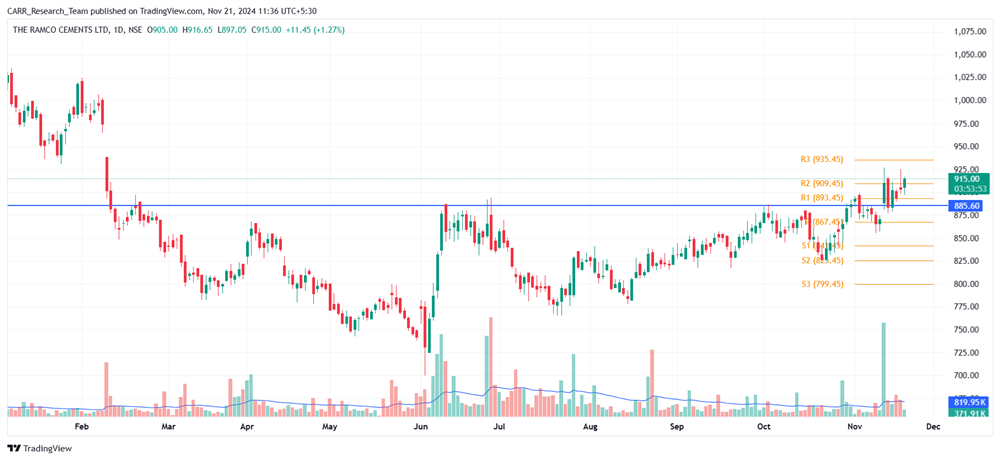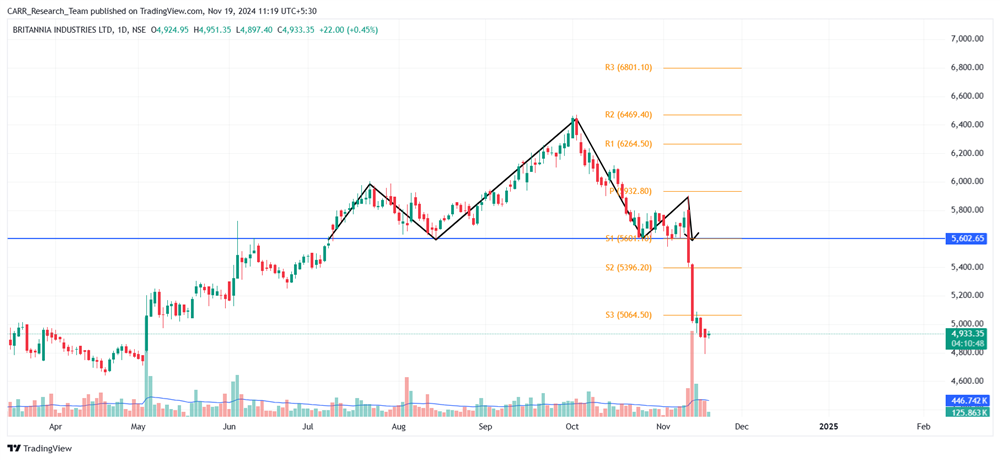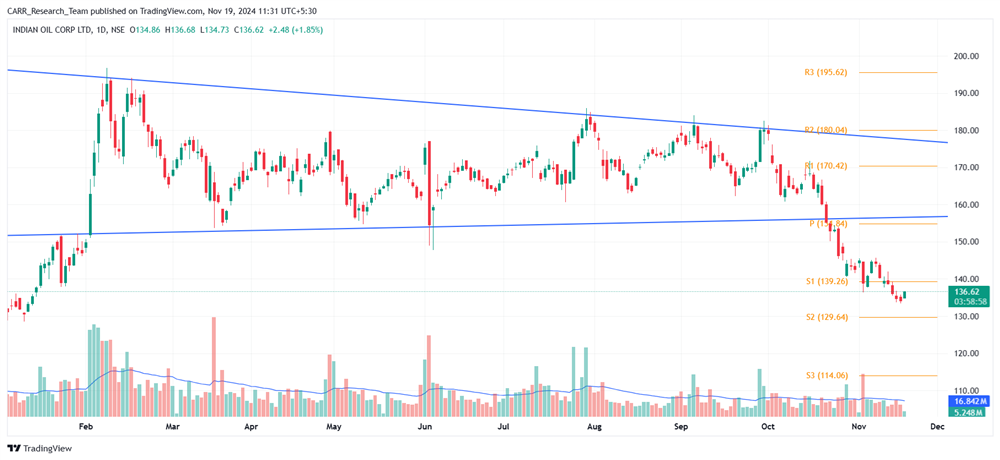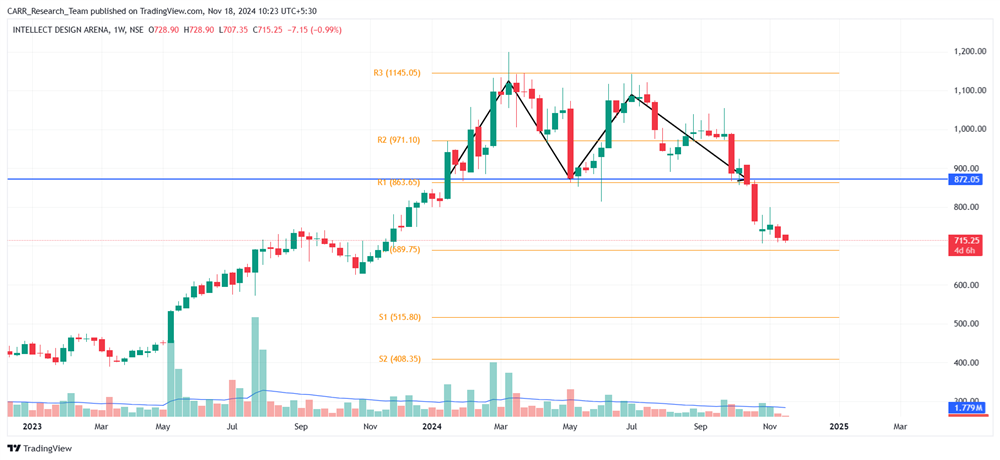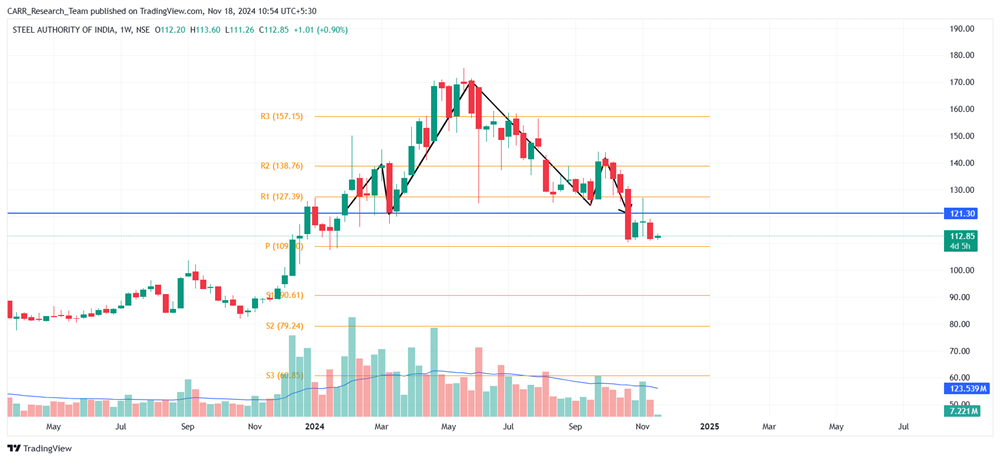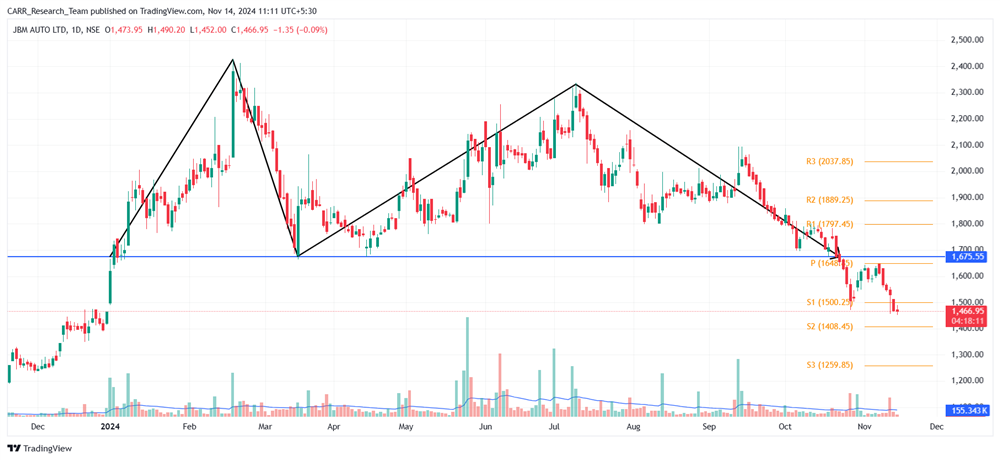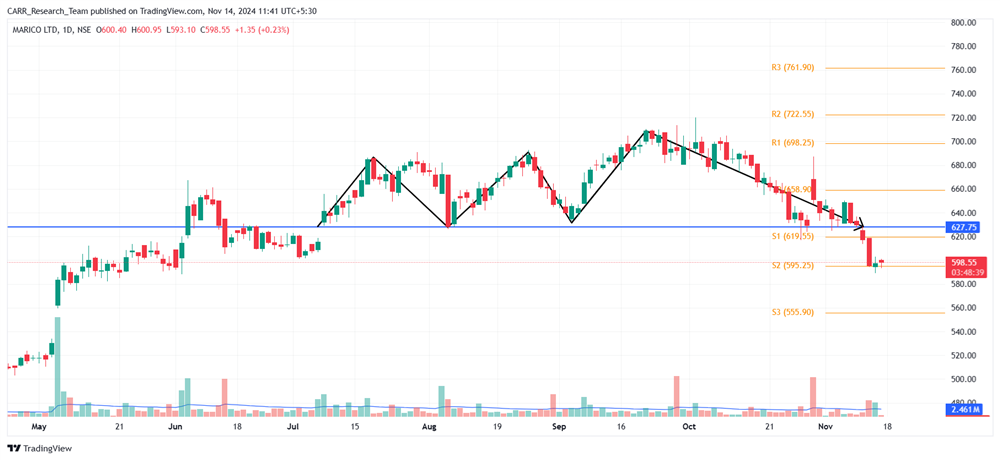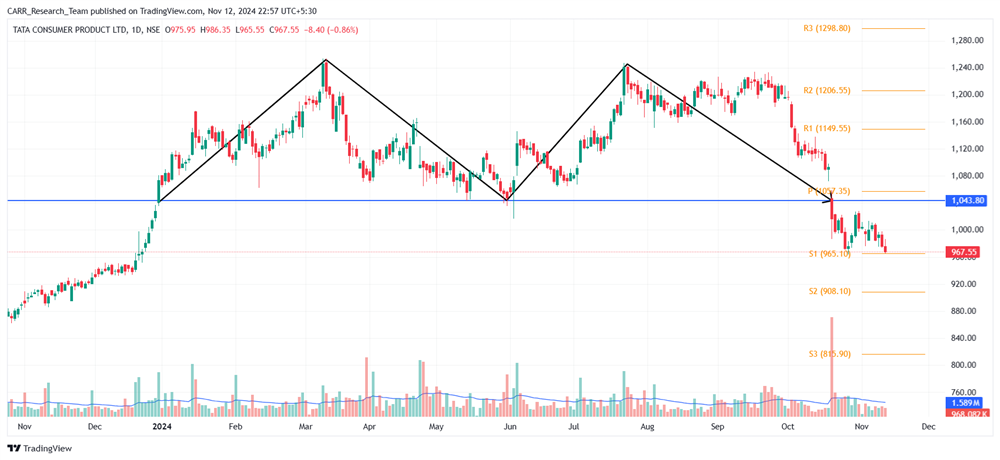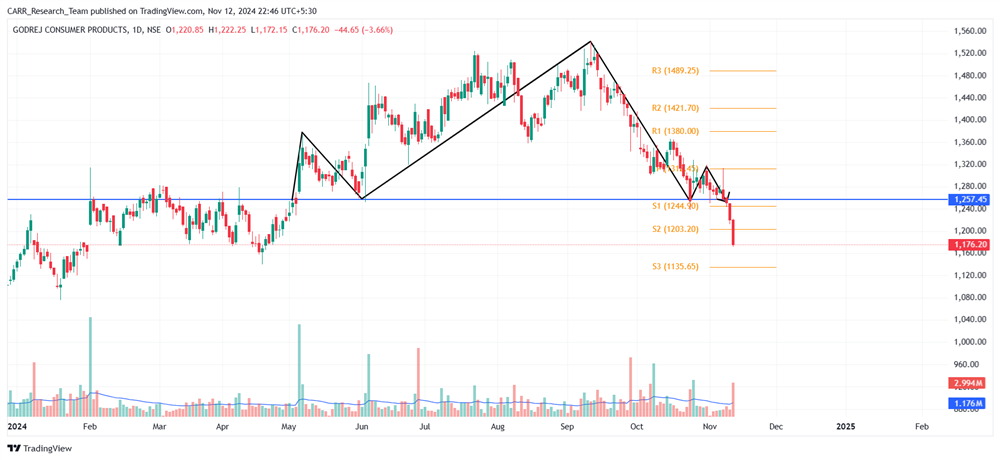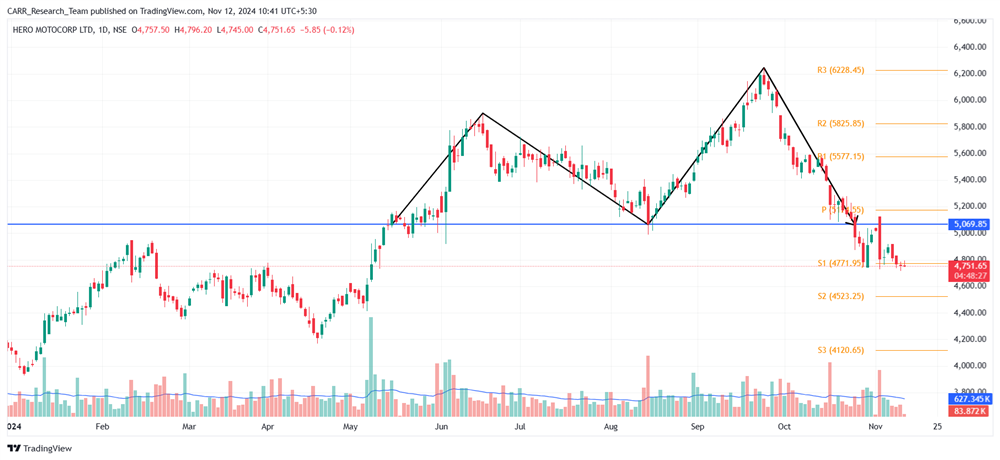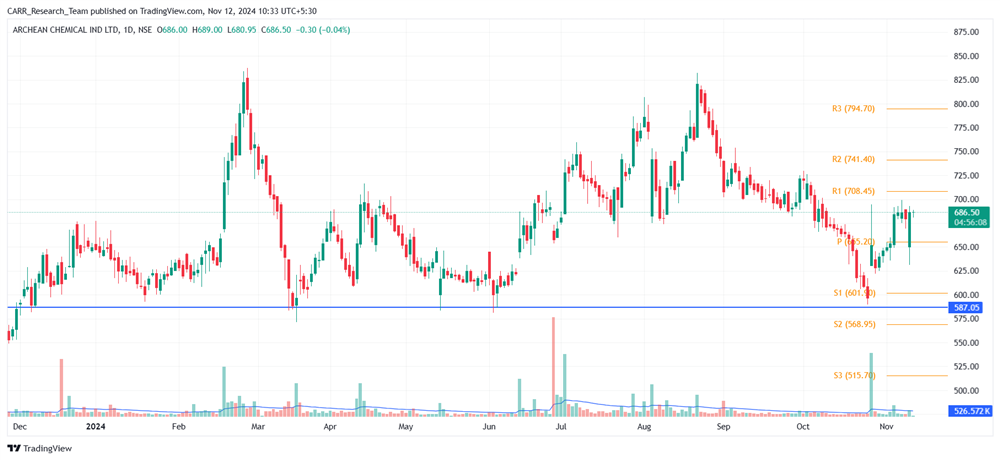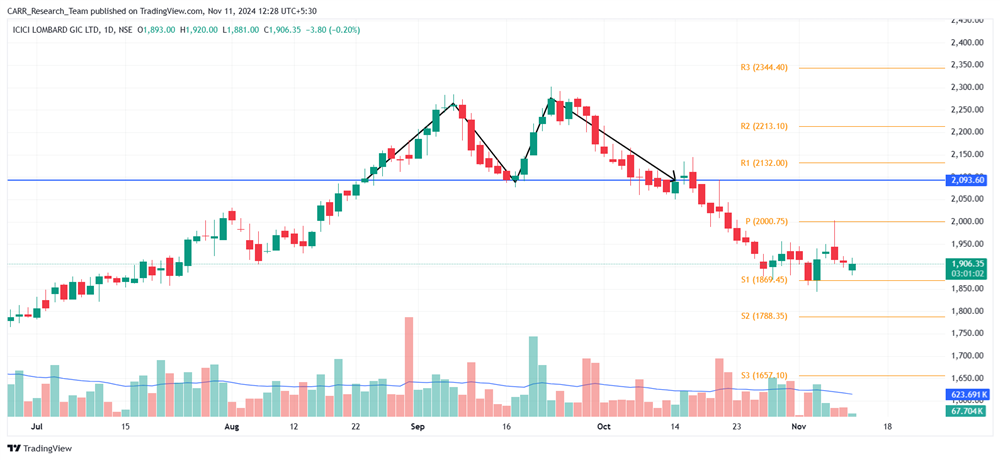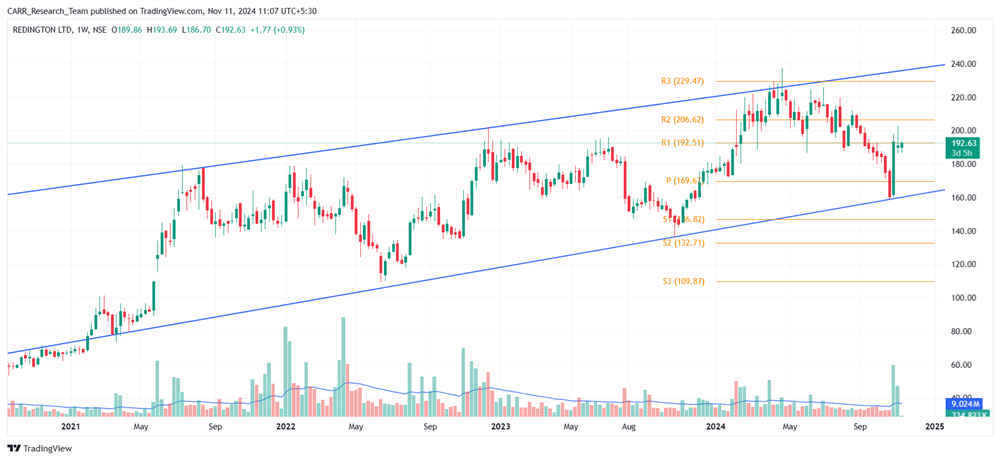In the wake of Donald Trump’s re-election as US President, Hong Kong-based brokerage firm CLSA has increased its allocation to Indian equities to a 20% overweight, while cutting its exposure to China. This represents a significant shift from early October, when CLSA had raised its China allocation following Beijing’s September 24 stimulus. Despite the announcement of a second tranche of China’s $1.4 trillion economic package on November 8 and a third likely in early 2025, CLSA adjusted its strategy in response to the potential impacts of a renewed US-China trade war.
The shift to ‘overweight’ India indicates that CLSA expects Indian equities to outperform other markets. The reversal is attributed to escalating US-China trade tensions, with Trump advocating for up to a 60% tariff on Chinese imports during his campaign, and an underwhelming Chinese stimulus. Consequently, China’s equity market has been downgraded to an ‘equal weight’ while India has been elevated.
This move comes as India has seen steady net foreign investor outflows amounting to $14.2 billion since early October, nearly offsetting the $16.6 billion in net purchases recorded from June through September. CLSA acknowledged that valuations in India remain “expensive,” but noted that India is among the least exposed regional markets to Trump’s aggressive trade policies. Indian officials believe that Trump’s presidency would have a less detrimental impact on India’s export profile compared to China.
In its note, titled “Pouncing Tiger, Prevaricating Dragon,” CLSA suggested that China’s equities had faced a trio of negative events over the past week. While the initial strategy in October was to allocate more towards China, CLSA’s confidence has waned, prompting a reallocation back to India. Though Indian valuations are still seen as “expensive,” they are now considered “a little more palatable.” CLSA highlighted that recent Chinese policy measures appear more focused on risk management than on genuine expansion.
Oxford Economics, a London-based think tank, also anticipated that US tariffs would likely depress total exports from China and other targeted economies in the medium term, with notable impacts on industries such as automobiles and steel. Despite a $1.4 trillion debt package announced by China to stimulate its sluggish economy, CLSA expressed skepticism regarding its sufficiency to boost Chinese equities. Finance Minister Lan Fo’an hinted at further measures to support banks and consumer spending in the coming year, but CLSA doubts these steps will be enough to justify maintaining a high exposure to China.

The brokerage warned that Trump’s second term, with a Republican-controlled Senate, signals a potentially more intense trade confrontation. Robert Lighthizer, known for orchestrating Trump’s first-term trade battles, is expected to continue advocating for tough measures aimed at achieving reciprocal market access. Trump’s team, including Marco Rubio as Secretary of State, suggests a more aggressive stance on China than during his first term. This is compounded by China’s trade surplus with the US, which in 2023 reached $380 billion—significantly higher than $70 billion in 2005.
CLSA’s report noted that India, in contrast, appears well-positioned as it has corrected by nearly 10% in US dollar terms since early October, or 12% since its late-September peak. While net foreign investor outflows have occurred, CLSA observed that many investors have been waiting for a buying opportunity to increase their exposure to what is considered the main scalable growth opportunity in emerging markets. India’s resilience is attributed to its domestically focused equity market, where corporate earnings growth has a strong correlation with economic performance.
The brokerage, however, flagged potential risks. India remains vulnerable to energy prices, with 86% of its oil, 49% of its natural gas, and 35% of its coal consumption being imported. Rising energy costs or disruptions due to geopolitical tensions, such as those between Iran and Israel, could introduce risk premiums to oil prices. CLSA pointed out that the Reserve Bank of India has amassed $700 billion in forex reserves, which it actively uses to defend the rupee through market interventions.
Despite a slowdown in earnings momentum for Indian companies in Q2 FY25, the overall outlook remains strong. CLSA highlighted that one key risk to India’s equity market could be the acceleration of primary issuance, which might overwhelm the secondary market with new supply. Nevertheless, India’s solid domestic fundamentals and relative insulation from external shocks position it as an attractive investment choice as global markets brace for a more volatile US-China trade landscape.

